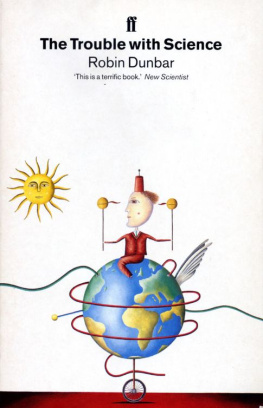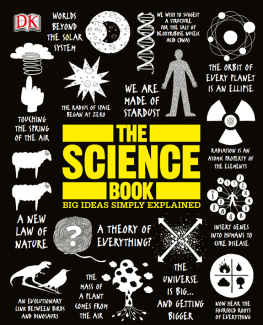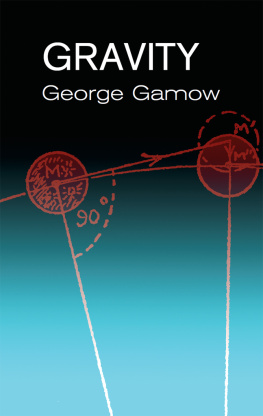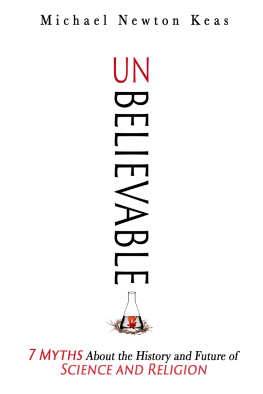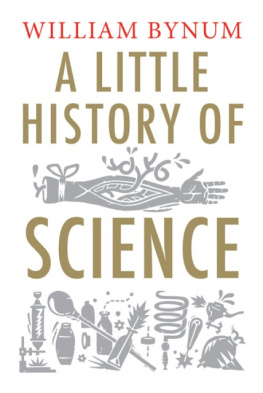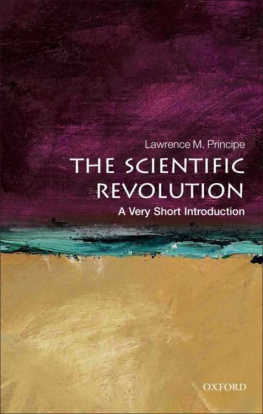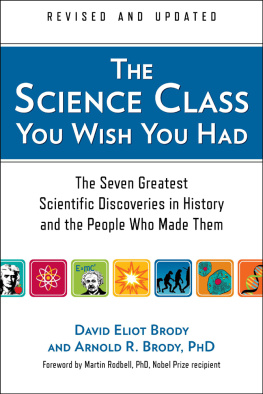A PEOPLES HISTORY
OF SCIENCE
CLIFFORD D. CONNER
A PEOPLES
HISTORY OF
SCIENCE
___________
MINERS, MIDWIVES,
AND LOW MECHANICKS
___________
NATION BOOKS NEW YORK
A PEOPLES HISTORY OF SCIENCE:
Miners, Midwives and Low Mechanicks
Published by
Nation Books
An Imprint of Avalon Publishing Group, Inc.
245 West 17th St., 11th Floor
New York, NY 10011

Copyright 2005 by Clifford D. Conner
First printing November 2005
Nation Books is a co-publishing venture of the
Nation Institute and Avalon Publishing Group Incorporated.
All rights reserved. No part of this publication may be reproduced or
transmitted in any form or by any means, electronic or mechanical, including
photocopy, recording, or any information storage and retrieval system now
known or to be invented, without permission in writing from the publisher,
except by a reviewer who wishes to quote brief passages in connection with
a review written for inclusion in a magazine, newspaper, or broadcast.
Library of Congress Cataloging-in-Publication Data is available.
ISBN 10: 1-56025-748-2
ISBN 13: 978-1-56025-748-6
9 8 7 6 5 4
Book design by Pauline Neuwirth, Neuwirth & Associates, Inc.
Distributed by Publishers Group West
Dedicated to the memory of Paul Siegel
(19162004)
In the beginning was the word.
The Gospel according to St. John
In the beginning was the word?...
No, in the beginning was the deed.
GOETHE, Faust

CONTENTS
WHAT SCIENCE? WHAT HISTORY? WHAT PEOPLE?
PREHISTORY: WERE HUNTER-GATHERERS STUPID?
WHAT GREEK MIRACLE?
BLUE-WATER SAILORS AND THE NAVIGATIONAL SCIENCES
WHO WERE THE REVOLUTIONARIES
IN THE SCIENTIFIC REVOLUTION?
WHO WERE THE WINNERS
IN THE SCIENTIFIC REVOLUTION?
THE UNION OF CAPITAL AND SCIENCE
THE SCIENTIFIC-INDUSTRIAL COMPLEX

T HE ADJECTIVE PEOPLES in the title of this book may prompt the suspicion that I am one of those authors who wave some dimension of history in front of their readers, claiming that it is the forgotten grand arcanum, the key to Clios mysteries. To the contrary, the elements of a peoples history of science have already been created by a great number of historians whose research broke the ground and planted the seeds that were essential to the making of this book. My task, as I saw it, was to synthesize their findings and present them as a coherent narrative suitable for consumption by an audience of nonspecialists.
Among those authors to whom I am most indebted are the originators of peoples history of science, Boris Hessen and Edgar Zilsel; some key continuators, including J. D. Bernal and Joseph Needham; and some present-day practitioners, including William Eamon, Steven Shapin, Pamela H. Smith, Deborah Harkness, Adrian Desmond, and Stephen Pumphrey. Others whose work I have found very helpful are Eva Germaine Rimington Taylor, Silvio Bedini, Derek J. de Solla Price, Roger Hahn, and Roy Porter. I am especially fortunate to be able to count among my graduate school mentors two pioneers of the social history of science, James Jacob and Margaret Jacob. The Jacobs introduced me to the ideas that led me to write this book but should not be held responsible for what I have made of them.
Science for the People, a periodical that appeared throughout the 1970s and 80s, helped shape my understanding of the relation between science and society. This book also owes an obvious debt to previous peoples histories, most notably A. L. Mortons A Peoples History of England and Howard Zinns A Peoples History of the United States. Peter Linebaugh is another peoples historian whose work has served to inspire me. As for Howard Zinn, I am grateful not only for the example provided by his writings but for the warmth of the encouragement he has given me from the time I first submitted the proposal for this book to him.
My deepest thanks are due to a number of scholars (who also happen to be good personal friends) for reading all or parts of draft versions of this book and providing suggestions that enriched the final product. In addition to the aforementioned James Jacob, they include anthropologist Kim Sonderegger, art historian Greta Berman, and my dear, departed friend, the literary scholar Paul Siegel.
I also thank Ken Silverman, biographer of Cotton Mather, for pointing me toward sources of information regarding Onesimus; and Rod Holt, one of the pioneers of the personal computer revolution, for sharing with me his insights into early Apple history.
Without the special talents and efforts of literary agents Sam Stoloff and Frances Goldin, this book would probably still be in manuscript form, languishing in the piles of unread drafts in publishers offices. I owe my introduction to them and to Howard Zinn to another close friend, Jeff Mackler, whom I met more than three decades ago when we were both active in the trade union and antiwar movements. Jeff is, among other things, currently a national leader of the efforts to win justice for Mumia Abu-Jamal. In that capacity, he works closely with Frances Goldin, Mumias literary agent, and was kind enough to recommend me to her as a client. I thank Sam Stoloff not only for representing me to publishers but also for a number of valuable suggestions that have improved the text. Warmest thanks also to Carl Bromley and Ruth Baldwin, my editors at Nation Books, for doing what editors do, and doing it so well.
My greatest appreciation is for my spouse, Marush Conner. The Cajuns have a term of endearment that perfectly expresses what she is to meshe is ma toute-toute: research collaborator, ballerina, travel coordinator, French-language resource, life companion, confidante, best friend, sublime playmate, and everything else that makes life worth while.
Roy Porter and Mikuls Teich, eds., The Scientific Revolution in National Context, p. 6.
The works I have drawn on by the authors mentioned in this paragraph and the next are listed in the bibliography.
WHAT SCIENCE?
WHAT HISTORY?
WHAT PEOPLE?
W E ALL KNOW the history of science that we learned from grade-school textbooks: how Galileo used his telescope to show that the earth was not the center of the universe; how Newton divined gravity from the falling apple; how Einstein unlocked the mysteries of time and space with a simple equation. This history is made up of long periods of ignorance and confusion, punctuated once an age by the Eureka! of a brilliant thinker who puts it all together. In this traditional heroic account, a few Great Men with Great Ideas tower over the rest of humanity, and it is to them that we owe science in its entirety.
Next page




